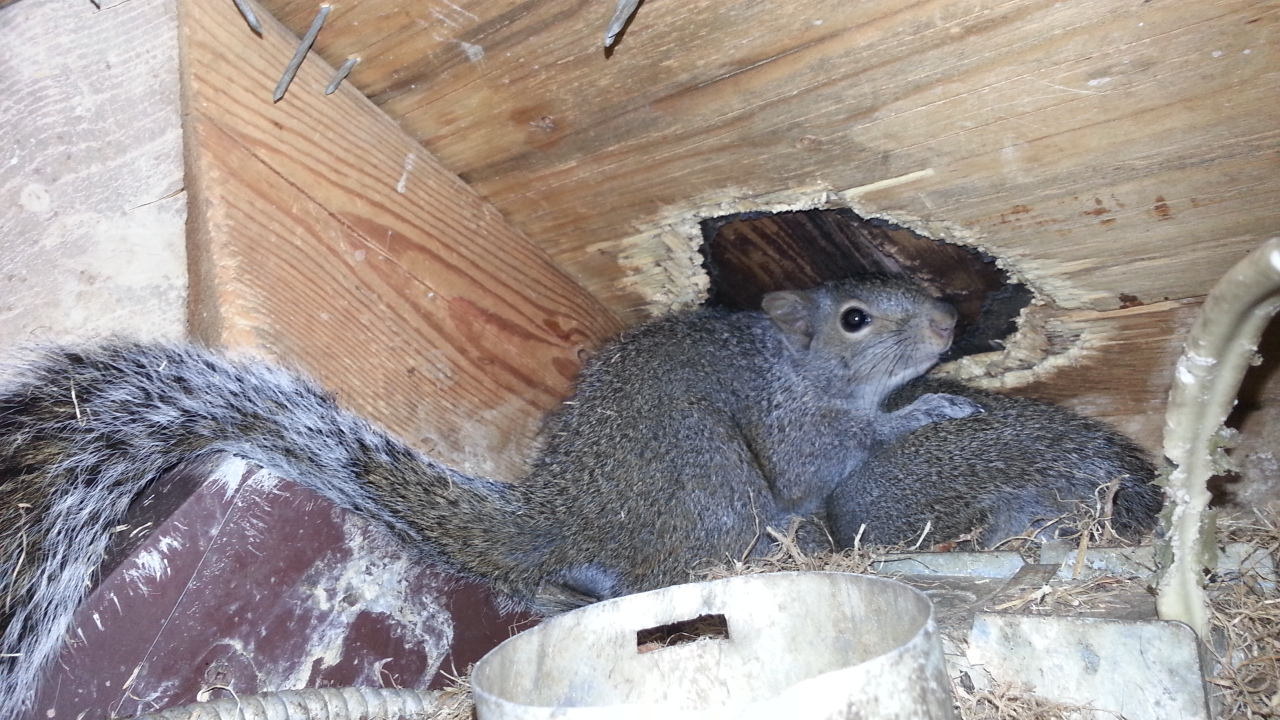People love the idea of new houses. They do not want to own someone else’s dream home; they want to build their own. The thought is nice, but when you think of the ecological costs of ever-expanding neighbourhoods tied to the pursuit of new houses, it is troubling. People, for the sake of ambition and desire, push aside nesting wildlife without even the courtesy of squirrel removal to ensure humane treatment.
Construction is a billion-dollar enterprise, and industry leaders will not stall progress for the sake of animals. However, people with buying power can alter some construction practices, potentially making the process more environmentally friendly.
Dangers of Construction Projects to Wildlife
The clearing of a construction site poses an immediate threat to wildlife in the area. Heavy machinery enters the designated construction zone and removes all existing trees and plant life. Depending on the time of year, many animals may not escape the path of destruction, resulting in hundreds of deaths. The animals that do escape are homeless, their nests destroyed, and sometimes, their feeding grounds eliminated.
Clearings are not the only risks to wildlife. Construction zones increase the air and water pollution in the surrounding areas. Also, construction sites increase the threat of fire and vandalism. Construction for the sake of human progress is a detriment to existing wildlife, including flora and fauna.
Noise and Light Pollution Interfere With Wildlife
Besides the physical disturbances, construction sites are loud and bright. Many crews can work long hours well into the night, especially with approaching deadlines.
The unyielding noise and light pollution can interfere with the feeding and sleep patterns of resident wildlife. Nocturnal animals become confused and frightened by the unrelenting commotion. The work drives animals out of the surrounding areas, disturbing the natural order.
Chasing animals out of their habitat, even unintentionally, can serve as a death sentence for some species. Raccoons, for instance, have a specific foraging and nesting ground of about three to six square kilometres. The construction of new neighbourhoods can drive the animal outside its comfort zone, forcing it to re-establish dens and feeding grounds. Depending on the time of year, the forced evacuation can cause significant and life-threatening distress.
Preparation Before Construction Can Help
No one is saying all construction is bad. Sometimes, human population shifts warrant residential construction. Despite the need for construction, companies can find better ways to accomplish it, such as:
- Identifying and avoiding at-risk habitats
- Avoiding areas that are home to wildlife requiring large habitats
- Limiting or eliminating project sites that are home to species with low reproductive pedigree
Reducing or eliminating construction projects in sensitive areas can help sustain and bolster wildlife populations. The challenge is ensuring such changes and precautions are lucrative to industry leaders.
You Can Help After Construction Is Complete
Many homeowners are not aware of the ecological costs of new home construction. Once aware, many homebuyers feel guilty about their decision to build instead of buying an existing house.
Guilt does nothing for conservation, but the action does. When you move into your new home, you can help re-establish wildlife. Some things you can do to help include:
- Installing bird feeders with nutrient-rich seeds
- Planting pollinator-friendly gardens
- Building a brush pile
- Providing a soggy spot for butterflies and other wildlife
Humane Wildlife Control Can Help
Before you start a construction project, contact a local and humane wildlife control service. The company can help assess your property and determine the different species taking up residence. Knowing what animals live on your land can help you protect the species from displacement and danger.
If you are getting ready to build a home and want help from wildlife control in Oakville, contact Skedaddle Humane Wildlife Control. The company can help you assess your property and determine the best way to help and save the wildlife.




